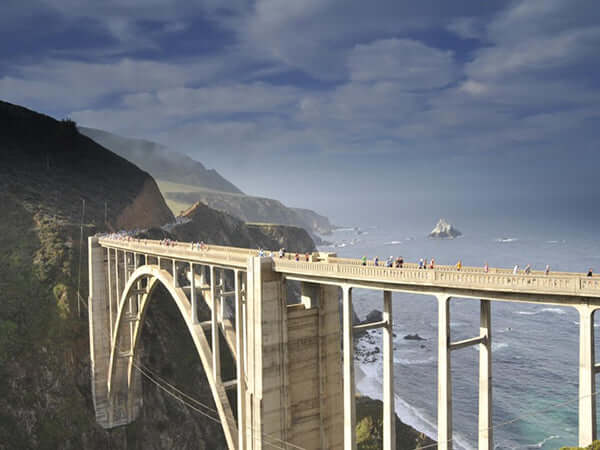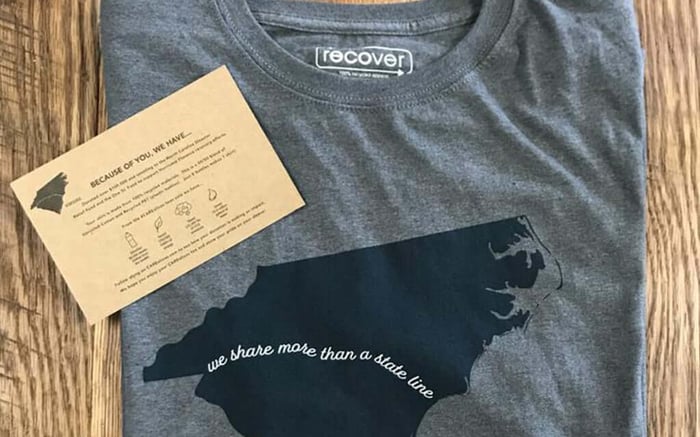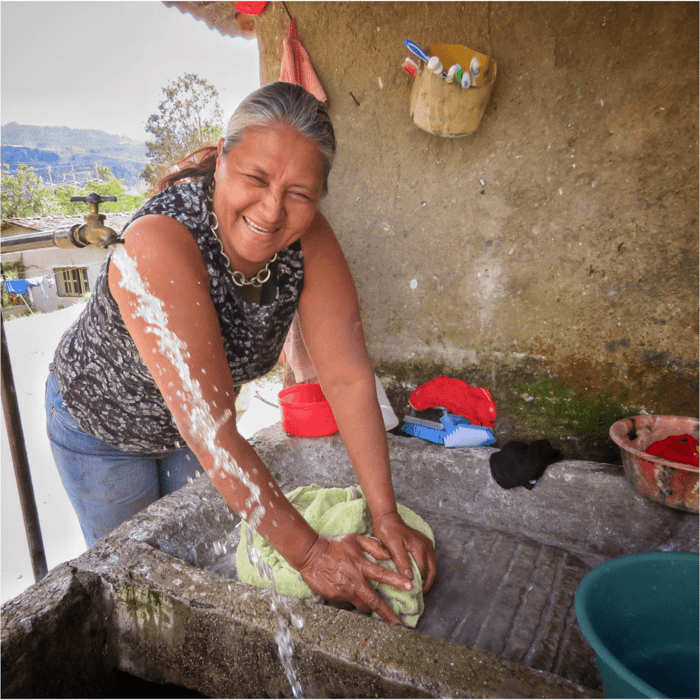On November 27, The Running Event (TRE) kicks off in Austin, bringing together the running industry’s leading brands, ambassadors, athletes, and race and event directors for the premier running-focused conference and trade show in the US. This year, Recover is proud to be the presenting sponsor of the Green Lion Award, which recognizes the greenest, most eco-friendly and sustainable races in the country.

Last year Recover approached TRE about bringing sustainability centerstage at the event. Both to give credit to the forefront pioneers and to inspire others to follow suit and spearhead greener trails, TRE agreed to have Recover host a panel highlighting sustainability in the running world. The panel includes the Director of the Charlotte Marathon, Big Sur Marathon, and Cotopaxi Questival Series. In partnership with the race review site and online running community BibRave, and outdoor adventure brand Cotopaxi, Recover will also present the results of the Green Lion Award, voted on by runners throughout the country to recognize the events working the hardest to minimize negative environmental impacts and maximize benefits to local communities.

True sustainability takes a holistic view, and, while it may seem complicated, we talked to the leading experts on sustainable events to share their tips, experiences, and considerations for greening your event.
Be The Impact:
Top 3 Sustainability Tips on Greening your Event
From Interviews with Big Sur Marathon Green Team Captains and Blue Strike Environmental’s Kristin Cushman and Alex Baxter, Big Sur Marathon’s Christy Slye, and BibRave’s Jessica Murphy
Kristin: Probably the most relevant piece of the sustainable events pie is considering how to approach a zero waste vision. There’s a lot of things that go into purchasing... race apparel, products, cups, and plates, and it’s all important to make sure you are purchasing based on this vision and sustainable values- partnering with brands such as Recover is the perfect example.
Christy: When we’re looking for partnerships for the Big Sky Marathon these days, we’re definitely looking directly for sustainable green partners because we know our values are already aligned, and that’s why Recover is such an easy fit.
Kristin: Recover Brands’ relationship with the marathon is this perfect whole circle. They build a product based on recycled material. If we have recycling at a race, a big question is what to do with it. Recover provides the opportunity that makes recycling make sense because they create a market for it, buying it to make into tees, hats, and bags. If we as consumers don’t support companies like Recover, then they can’t take any more recycled material. It’s all a symbiotic relationship, and while reducing is the most important thing to keep in mind, this aspect of recycling and the necessity of buying recycled products keeps me really motivated.
What’s more complicated than purchasing is trying to work with sponsors and vendors to make sure that they also understand the values that you have as a race. For example, when the catering committee goes out and buys for a volunteer event, our Green Team has educated them on what types of products to purchase and what types not to, such as single-use plastic.
It’s also important to share products and values with vendors. Companies donate food to the Big Sur Marathon, and Dole is a leading partner in that. They used to bring in grapes in large containers packed in styrofoam. The local areas had a styrofoam recycling program, but over time that recycling program went to the wayside. Without the option to recycle, suddenly we could no longer have styrofoam at the event and we needed to work with Dole on some solutions. Following conversations, Dole went out of their way and changed the process in which they normally package fruit in styrofoam to using recyclable crumbled cardboard in order to support the Big Sur Marathon and the event’s zero waste vision. It just goes to show that sustainability in events not only lives within the business model but also extends into the community and outside stakeholders.

Jessica: Recover came to BibRave with the idea to get the running community involved in a list of top races based on sustainability. Putting it together has been a great experience. Runners often lead with their values, sometimes fundraising for a charity they care about or choosing races based on their “greenness”, and so we thought, what are the criteria we would look at to rate a race’s sustainability? Using BibRave’s Top 100 Races list as a benchmark, we incorporated the Council for Responsible Sports that supports, certifies, and celebrates responsibly produced events as a resource for creating a process for deciding how sustainable a race is. We created a Top 10 List and runners get to vote on the top 3, which will be announced at TRE in Austin this November. Recover will award the #1 Sustainable Running Race with the Green Lion Award at the event.
Further, in considering making a race sustainable, it’s important to remember that any race or event has a big impact on the environment because they create and compound a lot of traffic on a small, set location. A big part of what happens at an event is what happens to the trash? Can the event be cupless? Are the banana stations set up so the banana peels are getting composted? What’s happening with gels chews and how can you move the event toward zero waste? Looking at BibRave’s Most Sustainable Races list can provide some great examples of what events are doing.
One aspect of sustainability that’s harder to measure is a race’s establishment of great relationships with local teams, volunteers, governments, and communities. There’s also a lot of things you can do to reduce the carbon footprint by containing the location or hosting at a location that doesn’t cause a lot of wear.
Alex: Being a steward in the community is definitely part of being involved in the event. In working with events on sustainability at Blue Strike Environmental, we see ourselves as part of the family and stewardship practices that are key when you think about the big picture.
Kristin: If you look at sustainability, there are environmental, economic, and social components. From a social perspective, a lot of the folks that come out and help us with the Big Sur Marathon are low income, at-risk high school students that are part of an after-school program. It’s been amazing to see them really embrace recycling, learn where it goes and why it’s important because their role at the event is to be the interface between the runners and the zero waste endeavor of the event, and I do believe that changes their lives in some way.
The Big Sur Marathon also donates food to the Monterey Food Bank. The first step of sustainability is to reduce, and part of our Green Team’s work is ordering food. We’ve eliminated all food wrapped in packaging, and while we do our best to order the correct amount, inevitably there are no-shows. We have such a great relationship with the food bank, we don’t even have to call them to set up the pick-up anymore, they just show up at 2 pm on race day. They’ve stated that Big Sur marathon is their best donation because it’s whole food, real food- a bunch of good fruit and bagels.
Kristin: Mylar heat sheets are not traditionally recyclable, so for the Big Sur Marathon, we had to call around and try to find similar products that were recycled. Low and behold, the most similar product is plastic bags. Trex, a company that produces plastic decking used to be partnered with local grocery stores in the area to backhaul plastic bags, picking them up after dropping food shipments and bringing them to the Trex facility, which was near the distribution center. We were able to work with Trex, so that after the race, the Mylar blankets could be recycled with the plastic bags at the grocery store. It’s been six or seven years, and now our local hauler won’t take plastic bags so we’re looking into working with Trex to move forward.
Thinking about the financial part of sustainability, it’s pretty simple. If you landfill everything, you have to pay for that service for it be hauled away and buried. If things are recycled and repurposed, there are costs, but there are also savings.
Another example is in 2008, the Big Sur Marathon eliminated all water bottles and replaced them with compostable cups for those that don’t bring their own water bottles, which nowadays is pretty common, but was new at the time. The marathon had a Gatorade sponsorship and the cups Gatorade had were not compostable, so we had to go out and find a solution. The marathon in 2009 was instrumental because we went to the landfill and said we have this cup made with paper and lined with plastic, and the landfill came up with a new strategy to chip Gatorade cups and add them to their green waste. The compost recipe allowed the cups to be incorporated in a mix that was ready to go into compost. We didn’t know the innovations on day one, but we knew we had a problem to solve, and the marathon took leadership, while also initiating conversations with Gatorade about improving their product. The situation created an opportunity for the local landfill to consider how to manage some other products, on top of taking care of our cup problem.
Overall, there is a big shift in events trying to become more sustainable, and corporations are also following suit. There’s been an awakening in why these programs are important, and the marathon industry really took this and ran. There is no simple checklist of how to green an event because sustainability is so holistic. What’s so fun that we do is build a picture to show all different components because that all have to live side by side. It’s hard to have a waste program, and not understand purchasing side. There’s a lot of depth to these programs that can be overlooked, but looking at the interconnectedness of every aspect is key for achieving a sustainable event.






